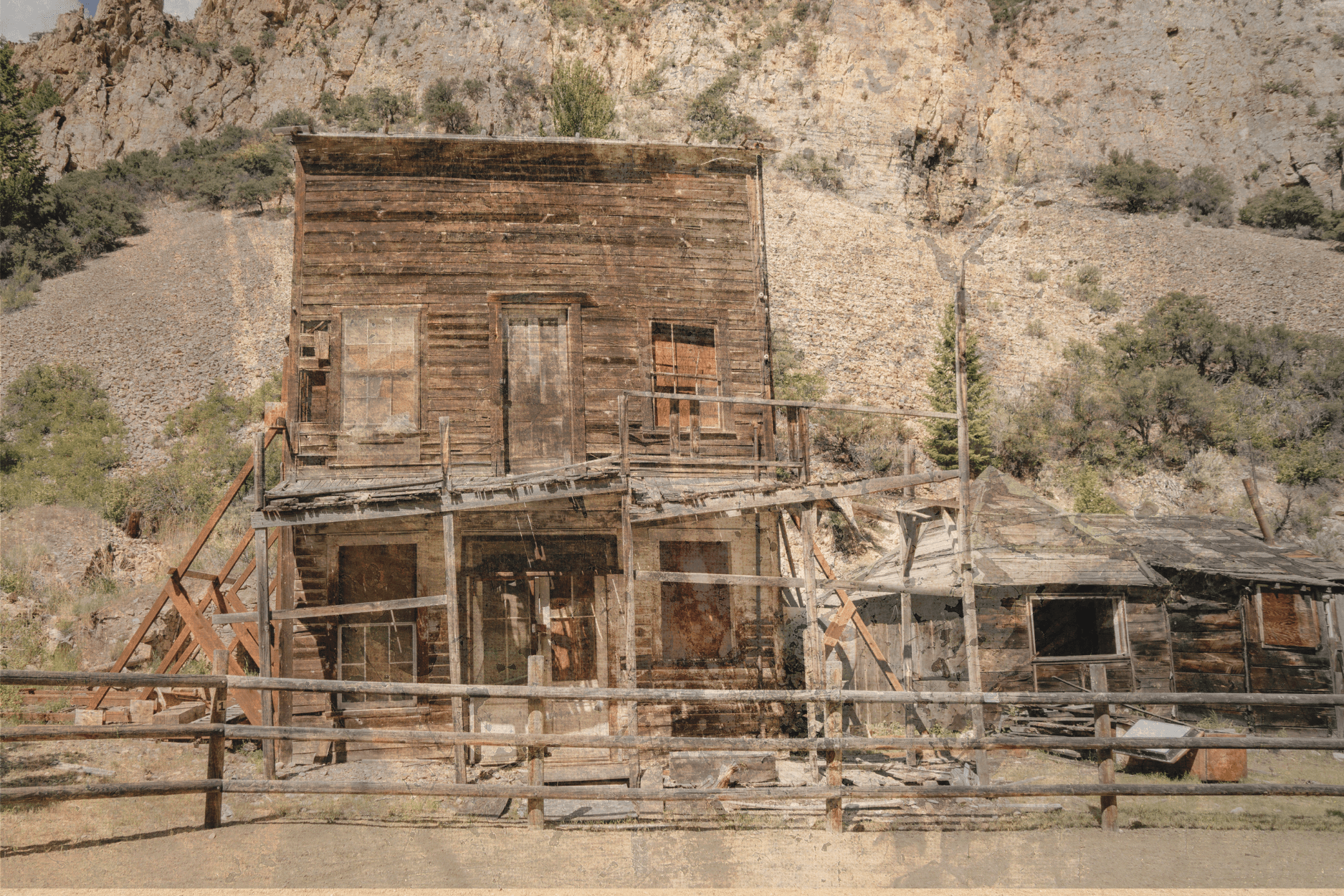1930s Great Depression folklore: 4 old US urban legends with timely modern reminders
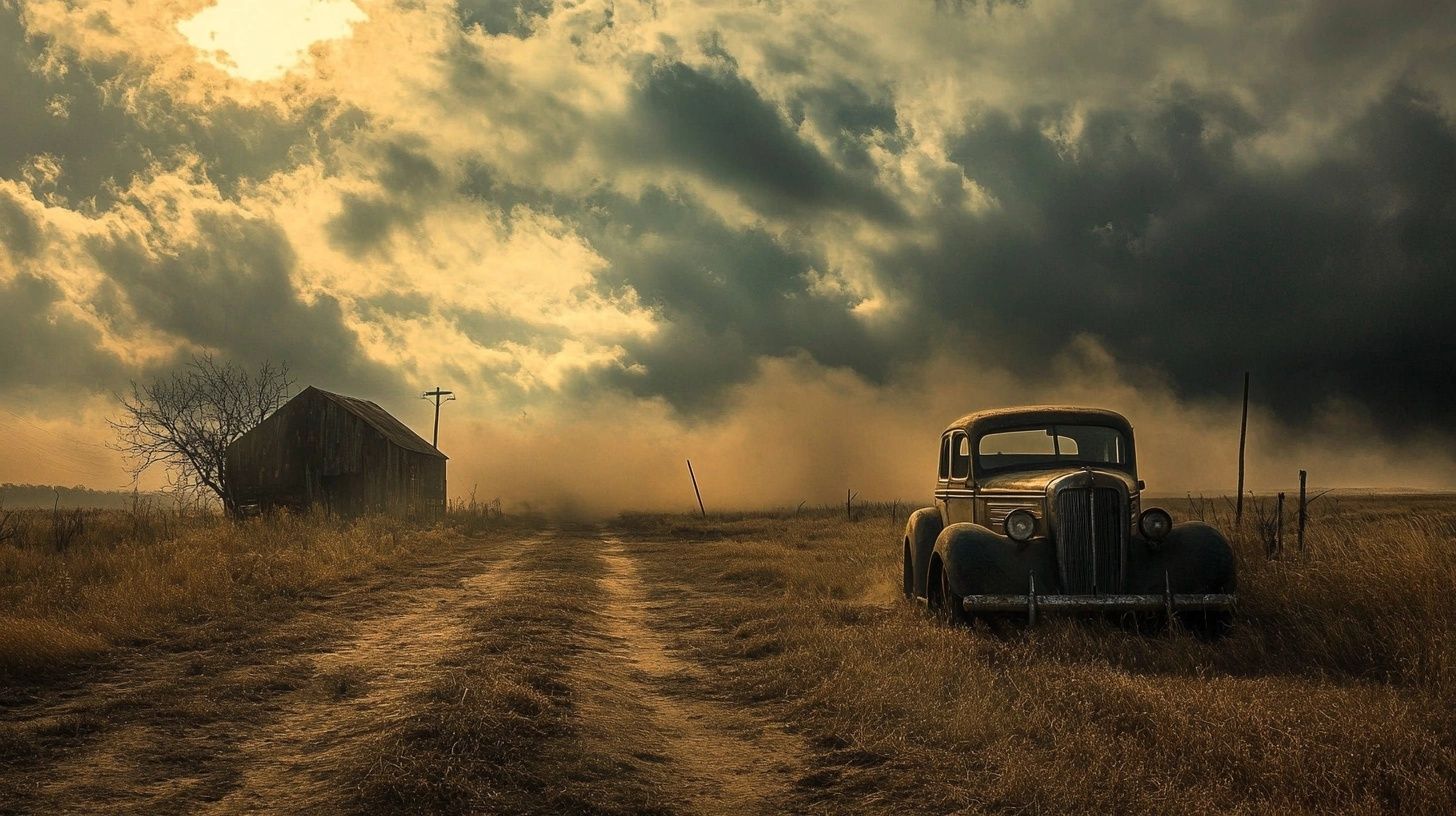
In this article:
Great Depression Urban Legends:
What comes to mind when you think of the Great Depression? Bank lines, dust storms and a whole lot of hardship?
Sure - but there was also something else that people clung to during those tough times: folklore. Stories spread through communities like lifelines, mixing fear, humor and a whole lot of survival wisdom.
Legends collected during this period capture common American anxieties and experiences that resonate far beyond one state. While the stories i've got in this article were collected in Virginia, they reflect themes from across the U.S. - fear of the unknown, reliance on community and the importance of resilience when life is uncertain.
So without further ado, let's look at 4 lesser known, 1930's era urban legends and what they really mean - just a heads up that the first one involves a cat and is a bit grisly...sorry.
Published: 26th Oct 2024
Author: Sean Nixon
1. Roast cat for breakfast
If you skipped my warning in the intro, here's a second chance to duck out!
Imagine an early morning in rural Virginia. A grandmother, rushing to bake breakfast biscuits, throws her dough into a stove without checking inside first.
Her cat, known to curl up in warm spots, had snuck into the stove the night before. Without realizing it, she bakes the biscuits alongside her poor pet.
When she opens the oven, she’s hit with the awful sight and smell of a "fine roasted tom cat" behind her perfectly baked biscuits.
It’s horrifying but oddly believable, especially in a time when a stove was a central piece of household equipment, not just a kitchen tool.
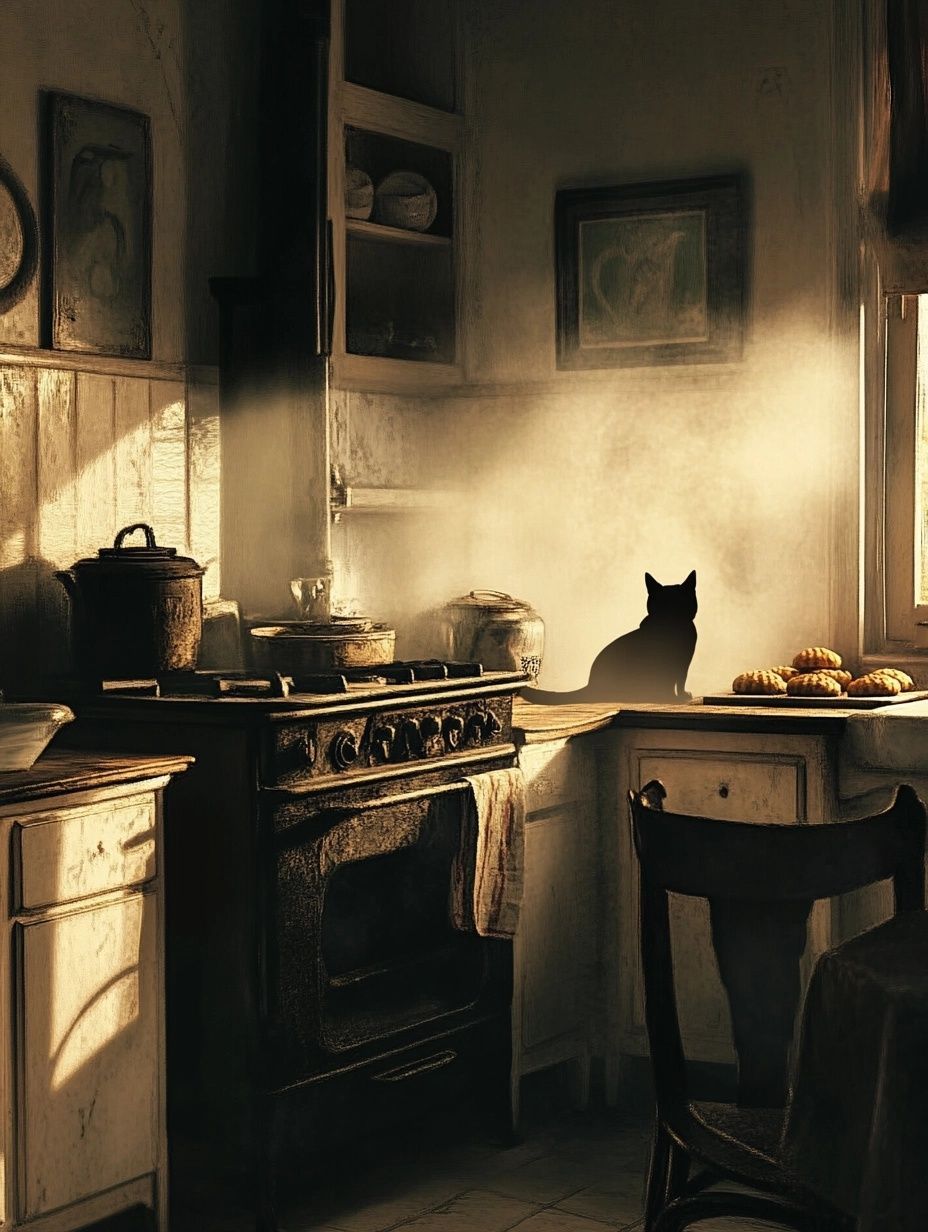
Origin and Evolution:
Long before microwaves, this story was part of a tradition of tales cautioning people to be careful with beloved pets.
In the modern version, we've come to know it as the “microwaved pet” urban legend, which, if you've seen the movie of the same name, well you'll probably already be scarred.
The evolution of this story shows that, as technology has changed, so have our fears, but the essence - a beloved pet suffering due to oversight - remains timeless.
What this story is really about:
This tale speaks to the fear of accidentally causing harm to those we care about.
Quick reminder for our lives today:
In the rush of life, even the things we care about most can be overlooked.
Taking a moment to pause and check in - on tasks, friends, or family - can help us avoid unintended consequences.

2. Man dies of earwigs
Ok i
know you've heard some kind of variation of this creepy crawly one. I always remember the urban legend about the spiders that laid eggs and hatched in the woman's face and that fun story has certainly been translated onto the screen a few times.
But i hadn't heard this particular version.
Apparently, in rural Botetourt County, Virginia, a man began suffering from an intense headache that worsened over time.
Despite trying every remedy he could find, nothing brought relief. His pain grew so unbearable that he could no longer eat or sleep.
The family finally called in a doctor, but he couldn’t find a cure and the man tragically died, with unrelenting pain in his head.
Desperate to understand what had happened, the doctor asked the family for permission to do an autopsy and when he opened the man’s skull, he found the "unsettling" cause - a “measured pint” of earwigs that had supposedly crawled into his head through his ear and multiplied.
The horrific discovery left everyone in shock and only deepened their fear of these tiny, invasive creatures. The story quickly became a local tale of dread, with the man’s suffering attributed to these wriggling invaders.
*Full shudder*.
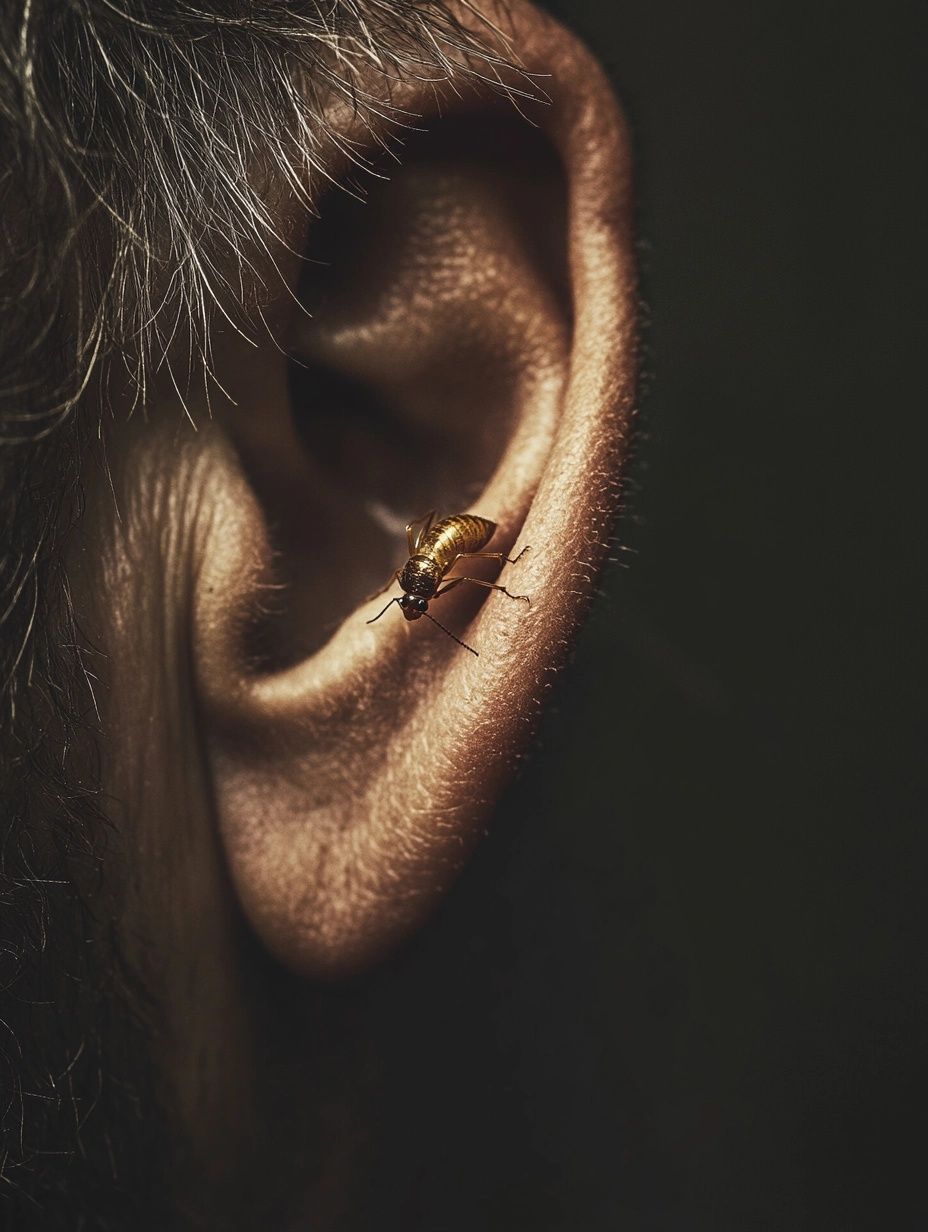
Origin and Evolution:
The fear of earwigs or other bugs crawling into one’s head dates back at least to the 10th century in English folklore, where “earwigs” were believed to enter people’s ears and burrow into their brains.
Over time, this story evolved into various forms, like the “Beehive Hairdo” legend, where insects nest in elaborate hairstyles, and the spider version I mentioned before.
What this story is really about:
This story taps into a universal fear of hidden dangers - the things we can’t see but feel anxious about.
Quick reminder for our lives today:
We know that small issues, if ignored, can grow beyond what we expect - but it’s the way they spiral out of our control that usually causes the most problems.
Tackle things early so they don’t overwhelm you unexpectedly.

3. The Naked Bull Ride
In rural Page County, Virginia, the story goes that a young man decided to skip church one Sunday and head down to the river for a secret swim.
After stripping down to enjoy the water, he quickly ran into trouble. As he climbed out onto the muddy bank, he slipped and lost his footing, tumbling backward over the rocks and straight into a nearby bull pasture.
Before he knew it, he was face-to-face with a large and very displeased bull.
In his frantic attempt to escape, the young man somehow landed on the bull’s back, and the furious animal charged forward, carrying him straight toward the church he’d chosen to skip.
Startled and clinging on for dear life, he had no way to control where the bull went or how fast it charged.
It didn’t take long before the congregation heard commotion outside, and as they exited the service, they were greeted by the sight of the young man being bucked off the bull and thrown into the churchyard, bruised and humiliated.
The story became a local tale of unintended consequences - and a reminder of what can happen when you skip church in favor of a little adventure.
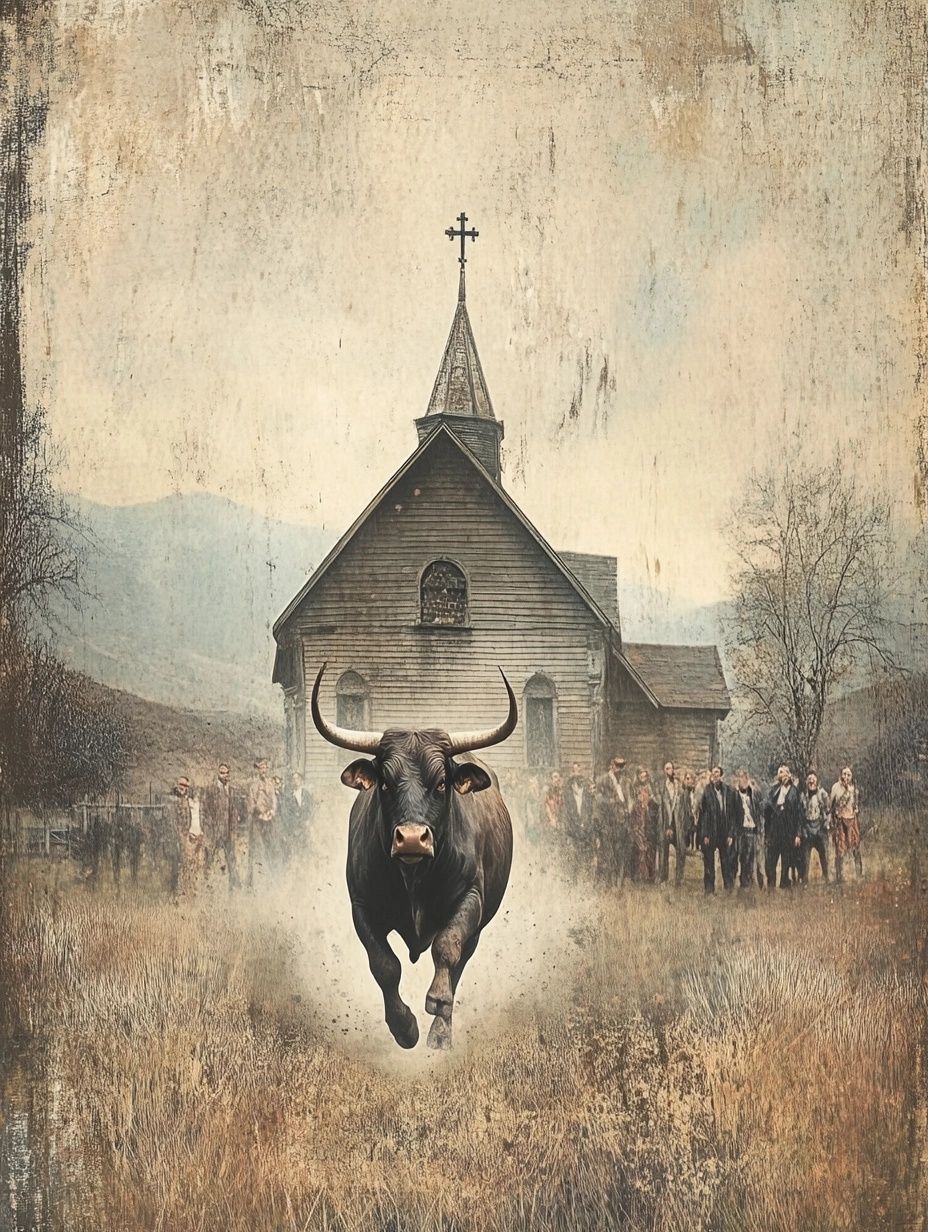
Origin and Evolution:
The “Naked Bull Ride” fits into a tradition of stories about public embarrassment caused by private actions gone wrong.
Over time, similar tales have emerged, like those you hear about “naked campers” accidentally falling out of vehicles and suddenly finding themselves exposed in public spaces. Though i'm absolutely certain those really are true.
While the specific setting of a bull pasture and church might seem outdated, the core theme of accidental public exposure is something that will always endure.
What this story is really about:
This tale captures the fear of losing control and the humiliation of unintended exposure, especially when it’s the result of bending or breaking social norms.
Quick reminder for our lives today:
The story reminds us that stepping outside the norm - even in small ways - can sometimes lead to unexpected outcomes.
Taking risks and breaking routines can be rewarding, just remember to carefully balance the upsides and potential consequences.
Sometimes, even just a little caution can save us trouble, but other times, the lesson might be in the experience itself.
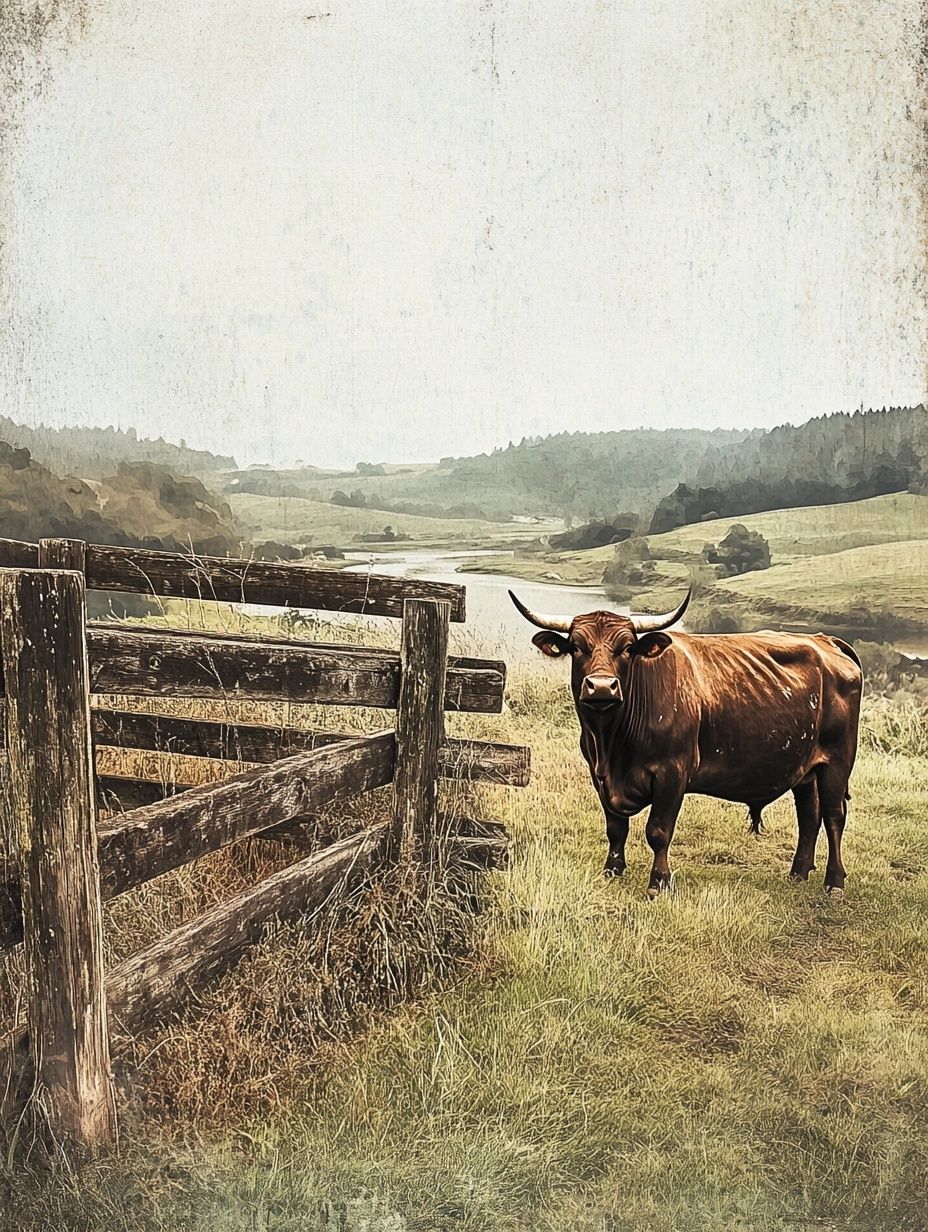
4. Ten Visitors
One night, a widow living alone in a remote Virginia cabin was startled by a knock at her door.
When she opened it, she found ten strange men outside, requesting a place to sleep for the night.
Though wary, especially as a woman on her own, she hesitated. But the leader assured her they meant no harm and only needed shelter.
Trusting his word, she reluctantly allowed them in, and they settled on the floor by the fire while she went to bed.
Later in the night, the widow felt a sharp poke through her mattress (no, nothing dirty here).
Terrified, she suspected that the men had deceived her. Sensing her distress, the leader offered to investigate and checked under the bed, only to find a would-be attacker hiding with a knife, waiting for the right moment to strike.
The strangers swiftly removed the intruder, protecting her from what could have been a deadly encounter.
The widow realized her initial fear of the visitors had been misplaced, and those she’d hesitated to trust had ultimately saved her life.
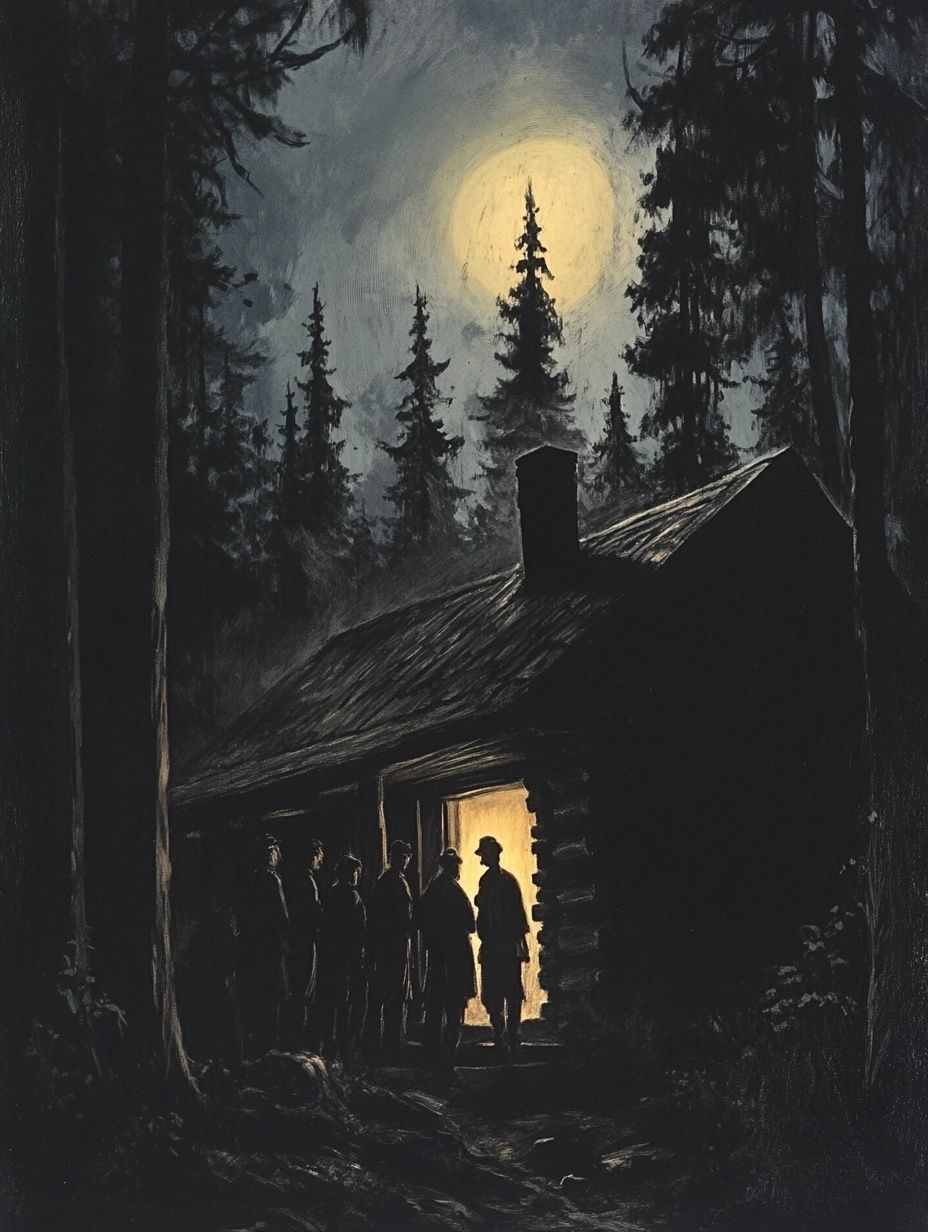
Origin and Evolution:
This story echoes a longstanding tradition of tales that involve strangers offering protection in unexpected ways.
Similar stories are found in European and Middle Eastern folklore, where help arrives from unknown sources when least expected.
Over time, these tales have evolved, appearing in modern urban legends and adventure stories, with the roles of ally and stranger changing to suit each generation.
What this story is really about:
Although slightly difficult to reconcile this particular story in a modern context, it's ultimately about our universal fear of trusting unfamiliar people and the assumptions we often make about strangers’ intentions.
Quick reminder for our lives today:
It’s natural to feel cautious around people we don’t know, and of course, inviting ten strangers into one’s home today in this same way seems unthinkable (thems were very different times!).
But with appropriate caution, we should always keep an open mind - it can open us up to support in completely unexpected ways.

These Great Depression legends reveal something interesting - while the times have changed, the underlying challenges haven’t.
Whether it’s the temptation to ignore small issues, the fear of trusting strangers, or dealing with the consequences of stepping out of line, these stories remind us that human nature hasn’t evolved as much as we might think.
The real value in these old tales is how they make us stop and think - about how we handle risk, relationships and the everyday choices that can quickly snowball.
In a world that’s constantly shifting, maybe these reminders from the past are exactly what we need to navigate today.
I spend a lot of time with my head buried in old books and journals - as well as more recent ones - hunting for obscure and comprehensive texts to get these folktales in writing and try to provide as accurate information as possible. As is the nature of folklore, details from different sources can be variable and often there is no one definitive version of any story. I always add in my own interpretations.
Article sources:
Barden, T.E. 2022. Early Virginia analogues of some modern legends. Contemporary Legend. 2, (Jul. 2022), 155–164
Simpson, Jacqueline. A dictionary of English folklore / Jacqueline Simpson & Steve Roud. Reissued with new covers. Oxford ; New York : Oxford University Press, 2003.
Explore more folklore tales from North America
11 US ghost towns that are actually haunted
Maybe...if you like escaping the crowds, these towns are not only abandoned but largely unvisited by tourists. Check them out.
Explore more folklore tales from the rest of the world
This Central American country has a lot to say when it comes to fascinating folklore.
16 short tales from Indonesian folklore
Including the baby born from a cucumber - read about it now!




